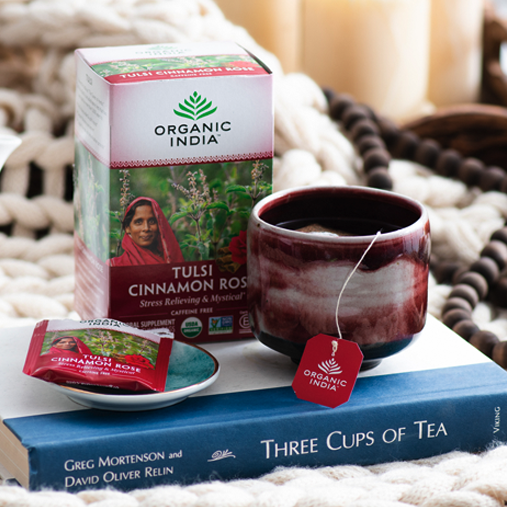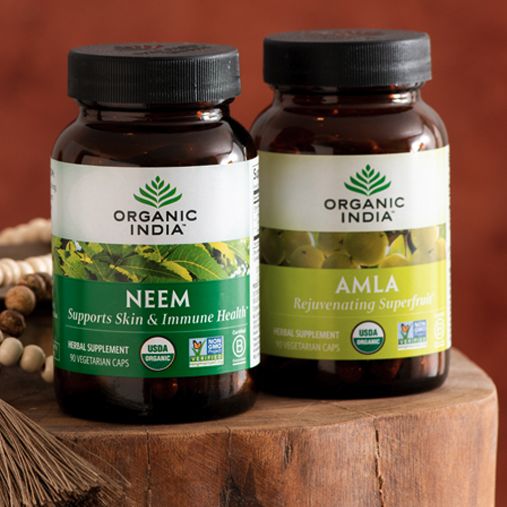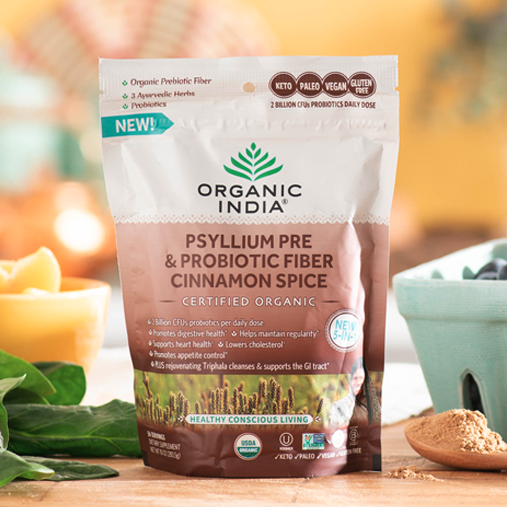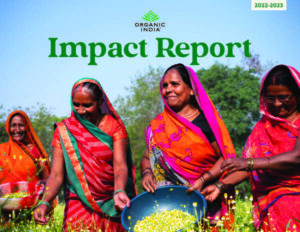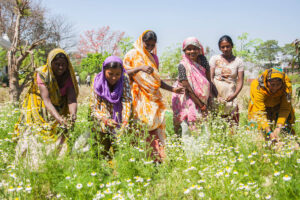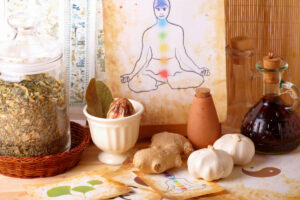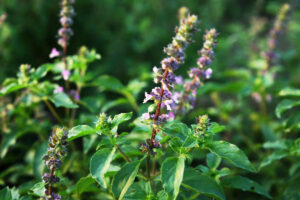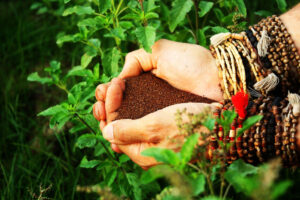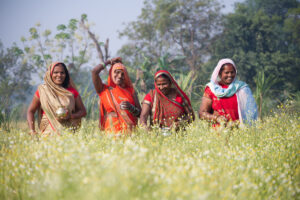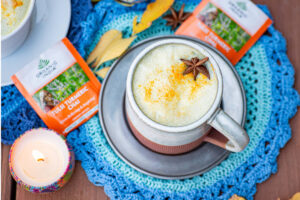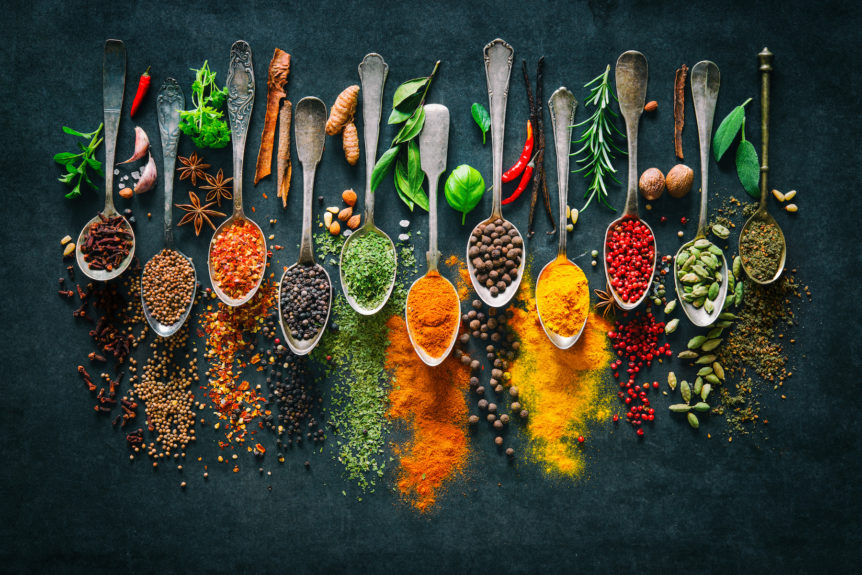Back
Recipe books are always in the best-selling category, telling us that how we eat is more important to most people than what we eat. Why not combine both and make your next meal delicious and beneficial to every cell in your body? Eating is what we do for survival as living organisms, and cooking for health should carry the same importance. Instead of eating for taste and convenience, we can also incorporate healing and immune-boosting Ayurvedic herbs and foods into our daily diets.
For decades, pioneers of nutrition have been decrying the SAD way of eating. SAD stands for “standard American diet,” and it includes all of the deleterious foods that you’re already aware of. These are the ones that contain artificial ingredients, processed foods, fast foods, microwaved meals, refined sugars, and so on. This SAD situation evolved over the past 60 years or so from a need to provide convenience and taste over nutritional value in a fast-moving society. Cooking became a lost art, but now it is back — and many are placing an emphasis on health-promoting ingredients.
It’s time to look back in time for a little ancient wisdom in the kitchen by learning something about Indian cooking and the colorful and flavorful ingredients designed for healing, energy, immune support, gut health, antimicrobial power, and longevity. If you can add some of Ayurveda’s most beneficial herbs, spices, and foods to your dinner then you’re on your way.
Eating for the whole
When it comes to nutrition, Ayurvedic healthcare is much less focused on components such as vitamins, minerals, amino acids, and bioflavonoids, in favor of creating balance in the body and harmony with the environment. This is what separates Eastern from Western healthcare. The Ayurvedic lifestyle and healing paradigm is predicated on holism, while Western medicine is based on reductionism (looking too closely at the parts and forgetting the complexity and dynamism of life).
When we eat Indian food to promote health and balance, we have to think about the overall effect of the dish on our mind, body, emotions and spirit, as well as the environment and the entire universe, because there is really no dividing line between where any of these factors begin or end.
In addition, Ayurveda concentrates on the doshas — three main characteristics that need to be balanced in order for health to be present. These doshas include Kapha, Pitta, and Vata, and are present not only as body types, but also as weather conditions, climate, mental and emotional states, types of animals and plants, and so on. Each dosha has its own predominant characteristic. Vata tends to be airy and spacey, Pitta is more firey and watery, and Kapha is earthy and heavy with water. If you’re trying to balance your health because one of these doshas is too prominent, then certain herbs, spices, and foods need to be considered when you are cooking. It is also helpful to remember that the environment in which you eat may add or detract from your health. It’s best for all three dosha types to eat in a peaceful environment.
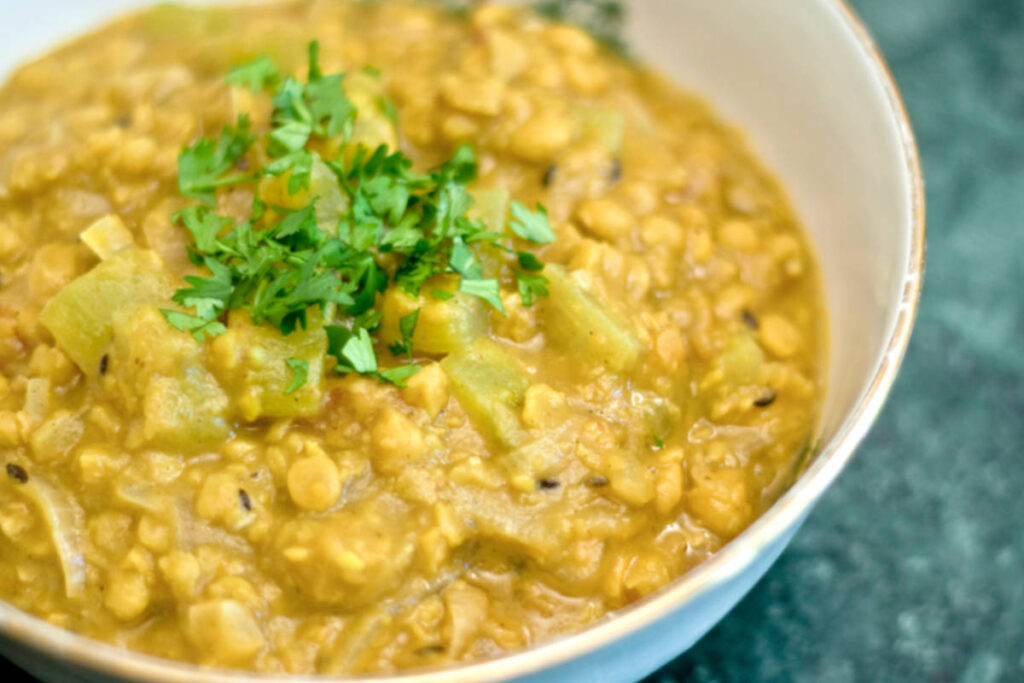
Spicing up your dinner plate
There is absolutely no escaping mention of turmeric, ginger, cumin, and cinnamon when talking about Indian cooking. But there is one caveat to always keep in mind: Even though herbs and spices are natural, if used inappropriately they have the potential to cause harm. If there’s any doubt about what you are eating and its effect on your particular dosha, find an Ayurvedic practitioner who can advise you what’s best for your body. Now, let’s see what these herbs and spices are all about…
Ginger
Ginger is in the same botanical family as turmeric and is a favorite spice in Indian dishes. It is undeniably among the healthiest (and most popular) spices on the planet and has a long history of use in Ayurveda. This pungent plant is used as a digestive aid (especially helpful for Vata types) that also reduces nausea (good for pregnant moms), addresses menstrual cramps, and helps ease the flu and common cold. It’s also an antimicrobial and an immune system booster. Many Indian cooks make a ginger-garlic paste that is added to simmering onions as the base for myriad recipes. Generally, the ratio between garlic and ginger is 2:1 so that the former doesn’t overwhelm the latter.
Turmeric
The Turmeric herb has also been recommended for animals with gastrointestinal disorders such as inflammatory bowel disease. If your Pitta dosha is out of balance or you have a heart condition, you should avoid it. If you are in balance, you can take organic turmeric capsules or add in turmeric power to your dishes such as khichari. You can even sprinkle turmeric on your scrambled eggs or into white or brown rice to give it an attractive golden-yellow color. You can also make turmeric milk, which is an age-old recipe that mothers use when their children are sick with a cold, fever or cough. There are only two ingredients in this immune booster: a quarter teaspoon of turmeric powder and hot milk.
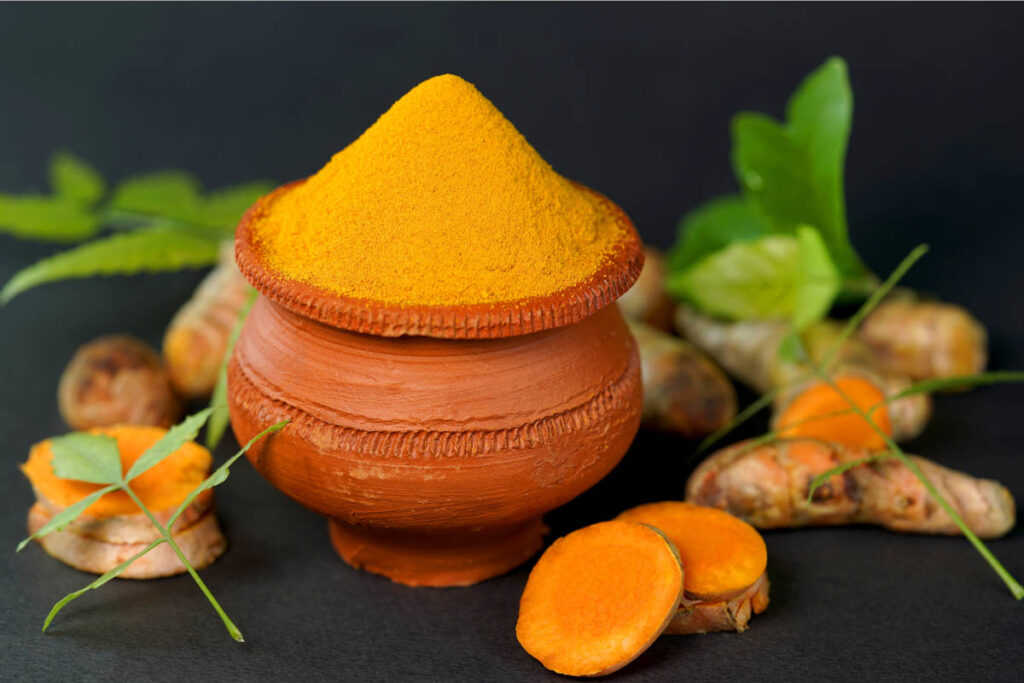
Cumin
Cumin is said to originate in India, and is now used throughout the world. The plant’s seed is ground and used to season food with smokey notes, but it is also used in Ayurveda for a range of health imbalances — digestive issues, inflammatory bowel, high blood sugar, high cholesterol, and as an antibacterial, to name a few. One of the simplest cumin recipes is to sprinkle ground, dry-roasted cumin on fresh yogurt, add salt to taste, and eat. Or you can just sprinkle cumin on scrambled eggs to serve your family a simple, healthy breakfast.
Cinnamon
Cinnamon is a warming, sweet and exotic spice originating from what is now the Sri Lanka region. In Hindi, cinnamon is called Dalchini. This spice has been a part of Ayurvedic healthcare for thousands of years, especially to pacify the Vata and Kapha doshas, because it increases the metabolic fire. Ceylon Cinnamon improves appetite and digestion, liver function, hemorrhoids, and fever caused from intestinal problems. Cinnamon also has anti-microbial properties and is helpful for cardiovascular and respiratory issues. In Ayurveda, cinnamon is said to support ojas, a word for which there is no simple translation except to generally explain the essence and balance of the entire physiology and the energy that sustains life. Ojas is responsible for immunity, strength, and vitality.
A recipe to spice up your life
Indian recipes often pass from generation to generation and include some of the most healthful Ayurvedic herbs and spices. Here is one provided by Harish and Meena Anada who own the popular International Groceries and Spices store in Charleston, West Virginia.
Meena’s Millet flour hot drink: Jowar Raab
Put approximately 500ml of water in a saucepan. Add about 1-2 Tbs cumin seeds and salt as per your taste and bring to a boil. While the cumin water is heating, take about 2 1/2 Tbs Jowar flour in a small bowl, add just enough water, a spoonful at a time, to make a smooth paste (like pancake batter consistency). Whisk well to remove lumps.
Add a pinch of turmeric powder and a pinch of black pepper powder to this jowar paste along with a few drops of coconut oil or black seed oil. Mix well. Slowly add this paste like batter to the boiling cumin seed water while mixing well with a whisk so no lumps are formed. Bring it back to a boil and simmer for a few minutes. Turn the heat off and let it cool. Once cooled, take half of this drink and mix it with equal amounts of buttermilk in a glass and consume it. Save the other half in the fridge for the next day.
Meena adds that Jowar is a high protein super-millet. Cumin is excellent for digestion. Turmeric is a wonderful spice offering many health benefits. Black seed oil also offers protection against many ailments.

